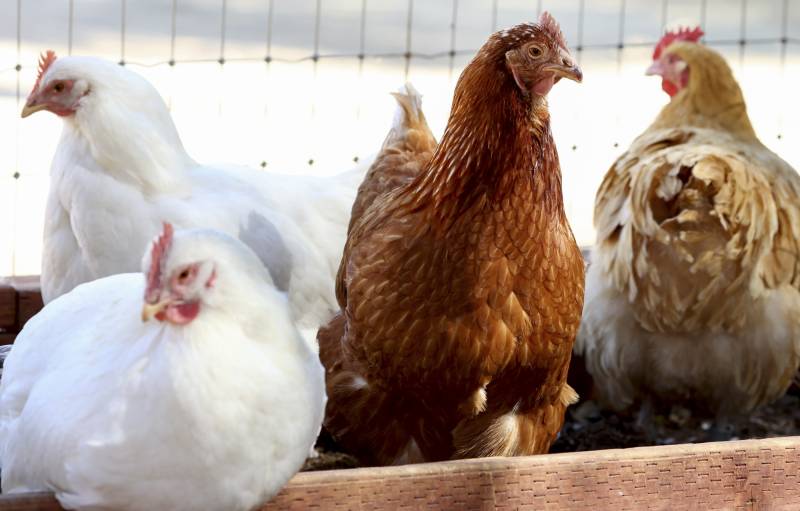Mattos made those remarks before the discovery of the latest Sonoma County outbreak at an unnamed egg-laying operation where 270,000 birds were affected, the largest single outbreak in California in the past two months.
This Eurasian H5N1 strain of the avian flu has been in California since 2022 and was first detected among waterfowl populations, which are often responsible for spreading the virus to new areas. Now, cases are on the rise again as wild birds embark on their annual migration south, according to the California Department of Fish and Wildlife.
Peter Tira, a CDFW public information officer, said infection numbers among wild bird populations don’t seem to be as high as last fall. But he added that the migration is beginning later than usual this year, meaning more birds, possibly more infected birds, are on the way.
Tira said once the winter passes and birds begin to migrate north again, the disease should begin to dissipate again.
Though even if cases subside, this avian flu strain could be sticking around for a while.



